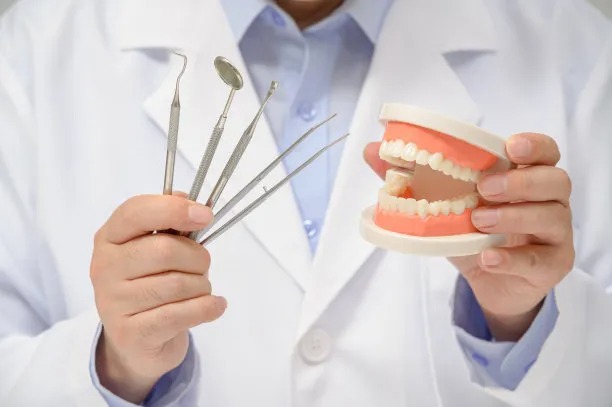The Comprehensive Guide to Dental Implant Treatment Enhancing Your Smile and Oral Health Through Advanced Techniques
Summary: Dental implants have become a revolutionary solution for individuals seeking to restore their smiles and improve overall oral health. This comprehensive guide explores the intricacies of dental implant treatments, including their benefits, advanced techniques, and the importance of aftercare. We will delve into four key areas: understanding dental implants, the procedure involved, post-treatment care, and advancements in dental technology. Each section aims to provide valuable insights into how dental implants can enhance both aesthetic appeal and oral functionality, offering a new lease on life for those struggling with tooth loss.
1. Understanding Dental Implants and Their Benefits

Dental implants are artificial tooth roots made from biocompatible materials, primarily titanium. They are surgically placed into the jawbone to support replacement teeth, such as crowns or bridges. One of the most significant benefits of dental implants is their ability to function like natural teeth, providing stability and preventing bone loss in the jaw. This ensures that facial structure is maintained, which is vital for both appearance and oral functionality.
Another advantage of dental implants is their durability. With proper care, they can last a lifetime, distinguishing them from other tooth replacement options like dentures and bridges, which may require replacements over time. This long-lasting solution appeals to many individuals who seek a reliable and effective method for restoring their smiles.
Additionally, dental implants help improve self-esteem. For those with missing teeth, the social and emotional impacts can be significant. Restoring confidence is a crucial aspect of dental implant treatment, allowing individuals to engage more fully in social situations without the embarrassment often associated with tooth loss.
2. The Dental Implant Procedure Explained
The dental implant process typically occurs in several stages. Initially, a thorough consultation and assessment are conducted to determine the suitability of dental implants for the patient. This may involve X-rays and impressions to create a comprehensive treatment plan tailored to the individual’s needs.
Once the patient is deemed suitable, the surgical phase begins. The surgeon places the implant into the jawbone, requiring a healing period for osseointegration—the process where the bone fuses with the implant. This phase can take several months, but it is crucial for the success of the implant as it ensures stability and strength.
After successful osseointegration, an abutment is placed on top of the implant, followed by the final restoration, which is the custom-made crown. The entire procedure is guided by advanced imaging and planning technologies, ensuring precision and optimal outcomes for the patient.
3. Post-Treatment Care and Maintenance
Proper aftercare is essential in ensuring the longevity and success of dental implants. Patients are advised to follow a strict oral hygiene routine to keep the implant and surrounding gum tissue healthy. This includes regular brushing, flossing, and utilizing antibacterial mouth rinses to reduce the risk of infections.
Additionally, regular dental check-ups are crucial. These appointments allow the dentist to monitor the condition of the implants and ensure that there are no complications. Early detection of potential issues can prevent further complications and prolong the life of the dental implants.
Moreover, patients are encouraged to avoid habits that could jeopardize their implants, such as smoking or excessive consumption of alcohol. Maintaining a healthy lifestyle not only supports oral health but also enhances the overall success of the dental treatment.
4. Innovations in Dental Implant Technology
The field of dental implants is continuously evolving, with advancements in technology making procedures more accessible and efficient. For instance, dental professionals now utilize computer-guided surgery, allowing for precise placement and minimizing recovery time. This technology enhances the predictability of outcomes and increases patient satisfaction.
Moreover, the development of mini dental implants provides a solution for patients with limited bone density, allowing for tooth replacement in challenging scenarios where traditional implants might not be feasible. These smaller implants can still offer substantial support for crowns and bridges, expanding the range of treatment options available.
Furthermore, regenerative techniques such as bone grafting and sinus lifts have revolutionized the implant landscape. These procedures help create a sufficient bone structure, ensuring that more patients can benefit from dental implants, regardless of their initial bone condition.
Summary:
In conclusion, dental implants represent a significant step forward in restoring smiles and improving overall oral health. They offer a durable, functional, and aesthetically pleasing alternative to traditional tooth replacement methods. Understanding the various aspects of dental implant treatment, from initial consultation to post-care and technological innovations, is crucial for anyone considering this life-enhancing option.
This article is compiled by Vickong Dental and the content is for reference only.



